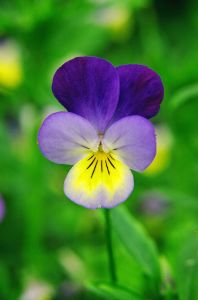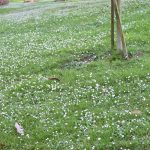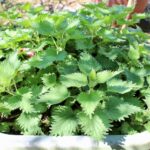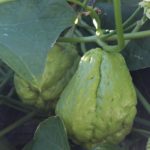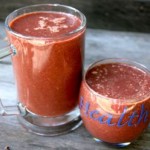What has Shakespeare got to do with weeds you might ask?
It turns out Shakespeare was very familiar with the wild flowers and folklore of his home town of Stratford-Upon-Avon in Warwickshire here he was born and grew up. He assumed his audience would know the plants, their common names and vulgar associations as well.
Amazingly over one hundred species of wild plant are mentioned in his works, and many of those are the commonplace plants, full of meaning that we call ‘weeds’.
From 11th-20th March 2015 being performed at the wonderful setting of Te Puna Quarry, Te Puna, Tauranga is Shakespeare’s play A Midsummer Nights Dream. This play written in the late sixteenth century is known as a comedy but how many people also know that this is the “only play in the English language whose plot hinges on the potency of a weed.”
The plot is deceptively simple. A big wedding is planned by Egeus, an Athenian nobleman, for his daughter Hermia to marry Demetrius. But she refuses the marriage because she loves another man called Lysander. So she flees to the Athenian forest, which is clearly an English landscape (the location isn’t literal) with her best friend Helena who is secretly in love with Demetrius. But in the woods there is mayhem already. Oberon, King of the fairies, has had a fight with his queen, Titania, because she refuses to give him a changeling boy (stolen by her fairies) as a page. So Oberon has his fairy odd-job man Puck, squeeze the juice of love-in-idleness into Titania’s eyes while she is asleep, so that when she wakes up she will fall in love with the first creature she sees. Here are Oberon’s instructions to Puck:
Fetch me that flower; the herb I showed thee once:
The juice of it on sleeping eyelids laid
Will make or man or woman madly dote
Titania upon waking saw an ass and fell in love with it. While Titania was under the spell and not her normal self, Oberon got the page boy from her he wanted and then feeling guilty for his cruel spell, he lifts it with another herb:
Be as thou wast wont to be;
See as thou wast wont to see:
Dian’s bud o’er Cupid’s flower
Hath such force and blessed power.
Now, my Titania, wake you my sweet queen.
The plant to undo the spell was thought to be wormwood, which has the botanical name artemisia after Artemis, the Greek goddess of the chase, or Diana to the Romans. The name Dian’s bud was thought to be invented by Shakespeare for the play and it is more potent than love-in-idleness.
What is this play’s famous wild plant love-in-idleness? It is the little heartsease pansy viola tricolor! At that time in the middle ages pansies were love tokens and they enchanted people, stirring up romantic imaginings. It is easy to see why – the pansy’s flowers resemble a face.
In English parishes people saw two faces kissing and nicknames arose like “Kiss-and-look-up” in Somerset, elsewhere “Kiss-behind-the-garden-gate”, “Kiss-me-quick”, “Leap-up-and-kiss-me” and “Meet-her-in-the-entry-kiss-her-in-the-buttery” in Lincolnshire. Other quaint names were “Three faces under a hood” and “Tickle my fancy”. It was in Warwickshire, Shakespeare’s home county that used the melancholy name “Love-in-idleness”. He also the only writer to call it “Cupid’s Flower”. The three lower petals were seen as a woman flanked by two lovers; a flower that therefore represented frustrated, fruitless, ‘idle’ love. And it was this sense that Warwickshire’s most shining play-write wove from his knowledge of plants, from Classical myth, Midlands vernacular and his own rich imagination an extravagant poetic fantasy.
I am so intrigued by a play being written around Heartsease pansy which also happens to be an edible and a healing ‘weed’, both the leaves and flowers can be added to smoothies, salads and tea can be made from it also, that I’m indulging in a dose of culture and going along to enjoy the multi-layered language of Shakespeare.
A Midsummer Night’s Dream, 11th-20th February 2015 at Te Puna Quarry, Te Puna, Tauranga. Book here
References:
Mabey, R, Weeds: In defense of nature’s most unloved plants, Harper Collins, London, 2010
Kerr, Jessica: Shakespeare’s Flowers, Penquin Books, Harmondsworth, 1979
